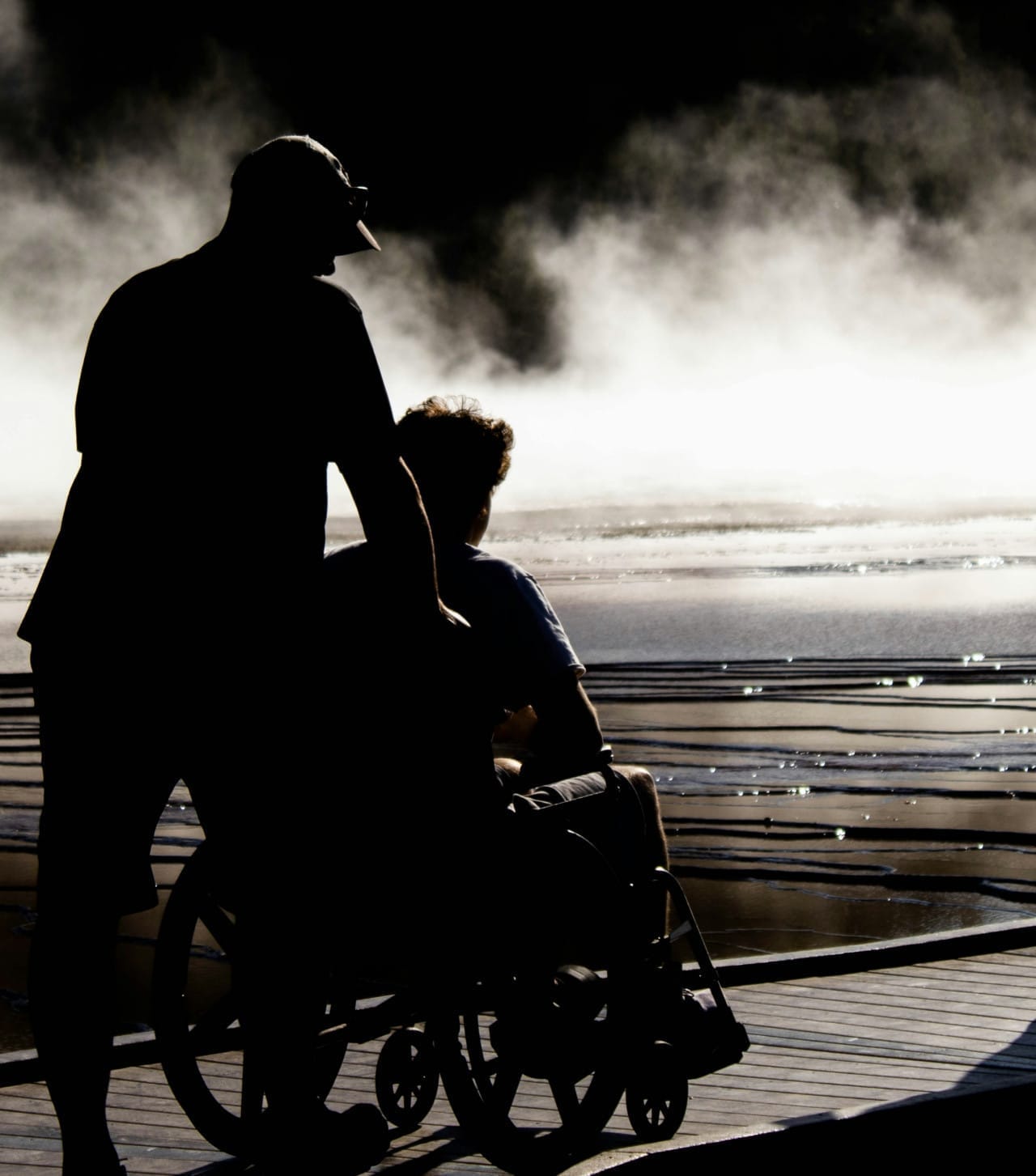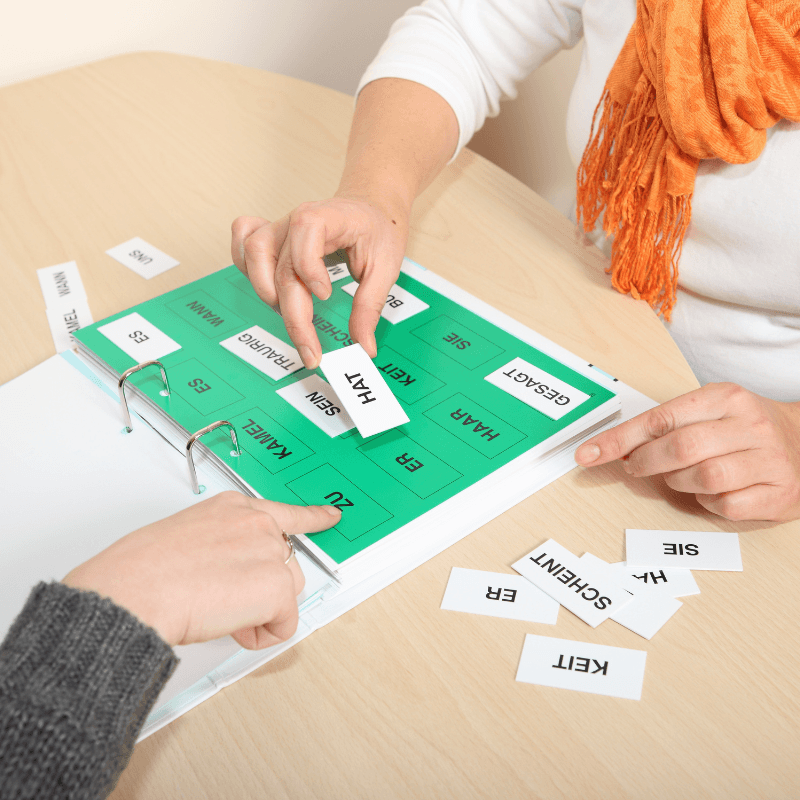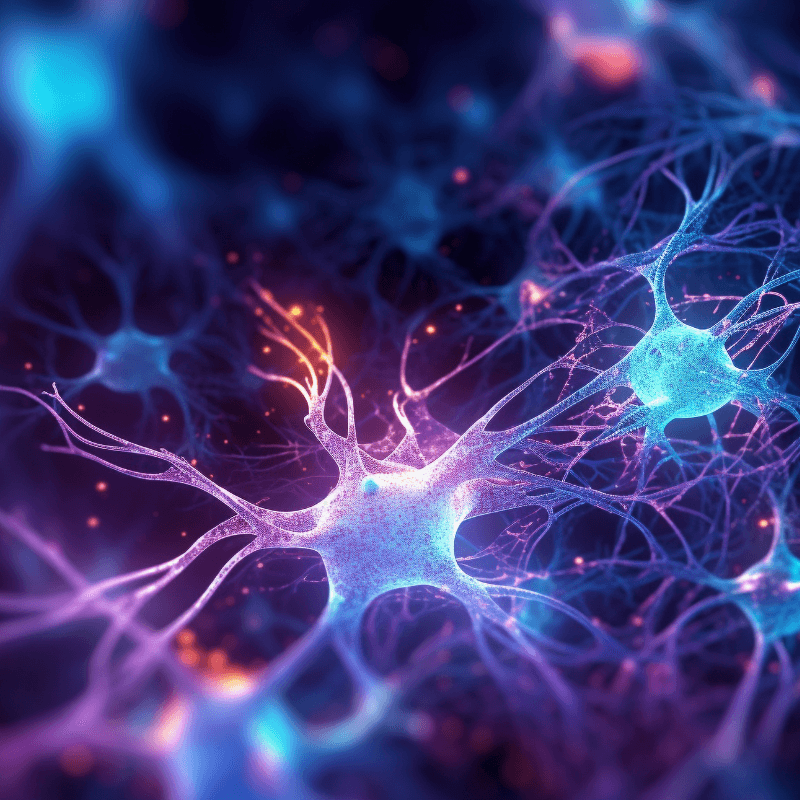Conduction Aphasia
Recover to Regain Repetition
Conduction Aphasia
Recover to Regain Repetition
Conduction aphasia is another type of aphasia the LIFE Speech Pathology® team can support. Also known as associative aphasia, conductive aphasia revolves around the impairment of the capacity to repeat words and phrases. Most researchers consider conduction aphasia as a rare species of the class considering that the ability of the patient to understand and even express his feelings remain normal. In recovery, therapists highly recommend speech therapy for patients, specifically sentence repetition therapy.

Visible Signs

Difficulty Repeating Phrases

Can Write But Can't Repeat Verbally

Struggle With Complete Sentences

Poor Word-Filling Skills
LIFE Speech Pathology
We tailor service and care based on your needs.
Possible Origin & Cause

Damage to the Arcuate Fasciculus
Stroke
Brain Injuries
Neurodegenerative Disease
Conduction Aphasia Treatment
Sentence Repetition Therapy
Treating conduction aphasia follows the pattern in most cases of aphasia considering that conduction aphasia is considered as mild among other types. Most patients of this condition were able to return to their normal life after therapy. And, indeed, this kind of aphasia still needs therapy, the most common among most utilized treatments is the sentence repetition therapy. Speech pathologists, in this process, require patients to recite words and phrases given to them in the start of the program. They must be able to repeat the given material, and this has been proven effective in helping the brain recover.


Therapy for Neuroplasticity
Neuroplasticity is an ability of the brain to rebuild pathways as a way of healing a previously damaged part. And in the case of conduction aphasia, this attribute can be a key to improving any problem in language and speech. Rehabilitation programs in which we combine different therapy approaches will improve neuroplasticity of the brain, leading to faster healing.
The exercises done in speech therapy will compel and force the brain to create or rebuild these pathways, helping the undamaged parts to take over the part affected by injuries or of other causes of aphasia.
CT Speech & Cognitive Therapy App
With modern technology, our pathologists who have been researching ways of treating conductive aphasia have already ventured into more accessible streams of bot information and recovery guides. One latest development is the creation of a speech therapy app. Right on the mobile phones in our hand, we can get the help we need. Though as brilliant as this idea may seem, it is still suggested to approach and get evaluated by an actual speech pathologist and seek their guidance upon using these apps. Doing this will save us from any harm or mistreatment whatsoever.


LIFE Speech Pathology
When it comes to finding support from a speech pathologist, remember that LIFE Speech Pathology® is here and ready to help you. If you have been experiencing the symptoms of conductive aphasia and you are aware of a possible cause, book a free consultation with our clinic today and let's evaluate for a better and more accurate therapy plan. Also, if you are interested in using a mobile app, our experienced pathologists are here, ready to guide you.
Don't forget, medical intervention is still the most trusted source of recovery, so don't waste time today let's start the healing.
START REBUILDING HERE
RESOURCES & SUPPORT
TYPES OF APHASIA
Non-Fluent Aphasias
Fluent Aphasias
MORE THAN APHASIA
Recovery doesn’t stop. Communication. Connection. Life.
© 2026 LIFE Speech Pathology, All Rights Reserved






